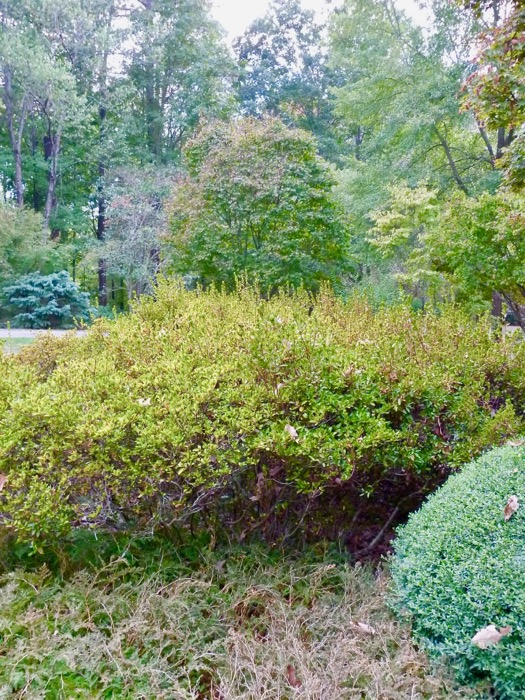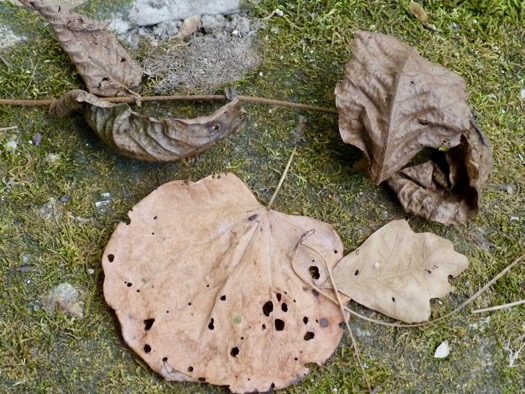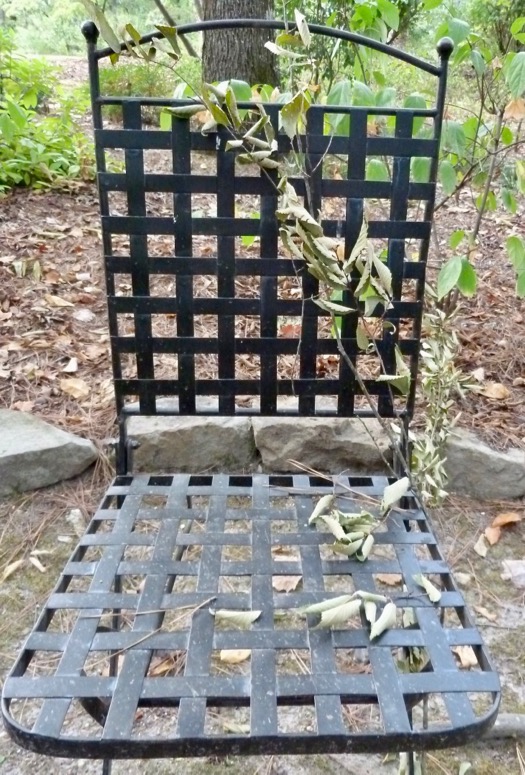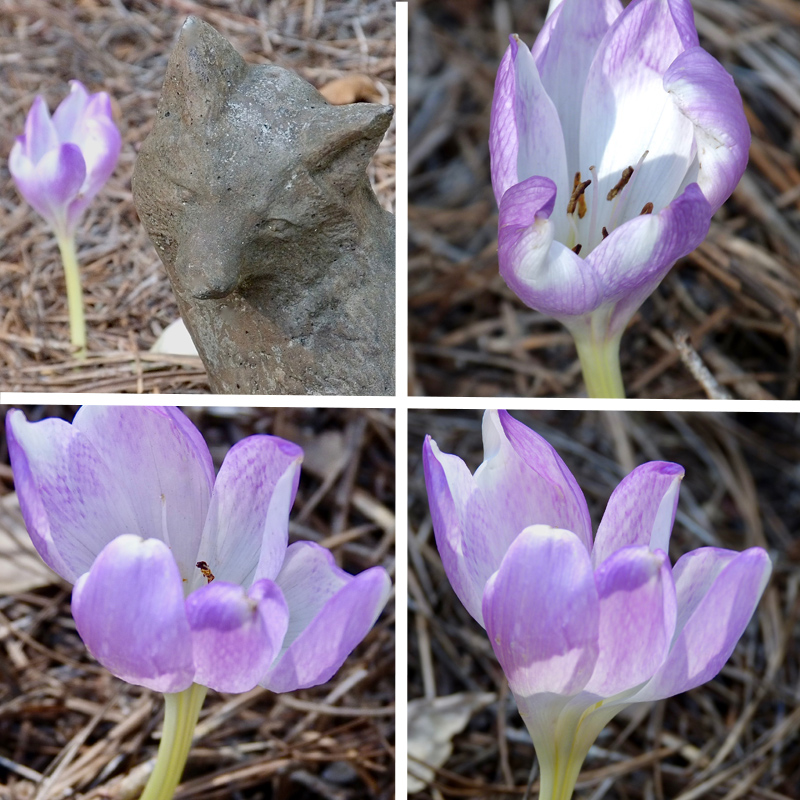Fall-blooming Crocus (and a Bit About Colchicum)
 Sunday, October 27, 2019 at 7:10PM
Sunday, October 27, 2019 at 7:10PM  Crocus pulchellus, the hairy crocus, is a fall blooming crocus.
Crocus pulchellus, the hairy crocus, is a fall blooming crocus.
Plant fall-blooming crocuses for delightful drifts of color when little else is blooming. The fall-blooming crocuses belong to the iris family and are not to be confused with autumn crocus, a misleading common name often used for Colchicum, an unrelated plant that is a member of the lily family. Depending on variety, these plants will bloom for weeks from September into November, and even into December in milder climates. After blooming, allow the plants to die back naturally so they will replenish the bulbs for next year's blooms. Grassy leaves will appear in early spring, and then the plant will go dormant for summer.
Crocus pulchellus, also called hairy crocus, is a relative of the more common Crocus speciosus, another fall bloomer, but it has paler blooms and shorter, sturdier stems than its cousin. "Pulchellus" is latin for "pretty," and it is one of the loveliest fall-blooming crocuses. Its luminous goblets are pale lilac with deeper veins, accented by yellow throats and orange anthers.
Crocus pulchellus grows four to six inches tall. Plant the corms in late summer to early fall in hardiness zones 5-9. They do best in well-drained soil in a sunny location, though they will tolerate partial shade. Plant them 3 inches deep and about 3-6 inches apart.
Fall-blooming crocuses may flop, especially after a hard rain, so plant them in low ground cover or a good layer of mulch to help them stand upright. Locate them in rock gardens or in front of shrubs or around trees. They are beautiful when naturalized in lawns. They produce bulblets all around the parent corm and may spread fairly rapidly. They also do well in containers.
Bees and pollinators are attracted to fall-blooming crocuses. These are beautiful, low-maintenance plants with few pests, except, unfortunately, for mice, squirrels and voles. If these are a problem, you can bury them in wire cages.
I planted ten Crocus pulchellus about a month ago, along with a giant colchicum. I found theses at Myers Plants and Pottery in Pelham, Alabama. The colchicum came up and bloomed within a couple of weeks, but the crocuses just began to bloom yesterday. I will definitely be planting more of both. It is easy to see how fall-blooming crocus and colchicum are confused, because some of them look a lot alike. Don't worry if you get them mixed up. They have similar requirements, and they look good together. Both have selections in shades of blue, violet, pink, and white. A variety of these little beauties will perk up the fall garden just as other plants prepare for winter sleep.
To compare, see photos of my colchicum in my previous post: Hanging in There, not Dead Yet!
 Colchicum,
Colchicum,  Crocus pulchellus,
Crocus pulchellus,  fall-blooming crocus in
fall-blooming crocus in  fall garden
fall garden 










